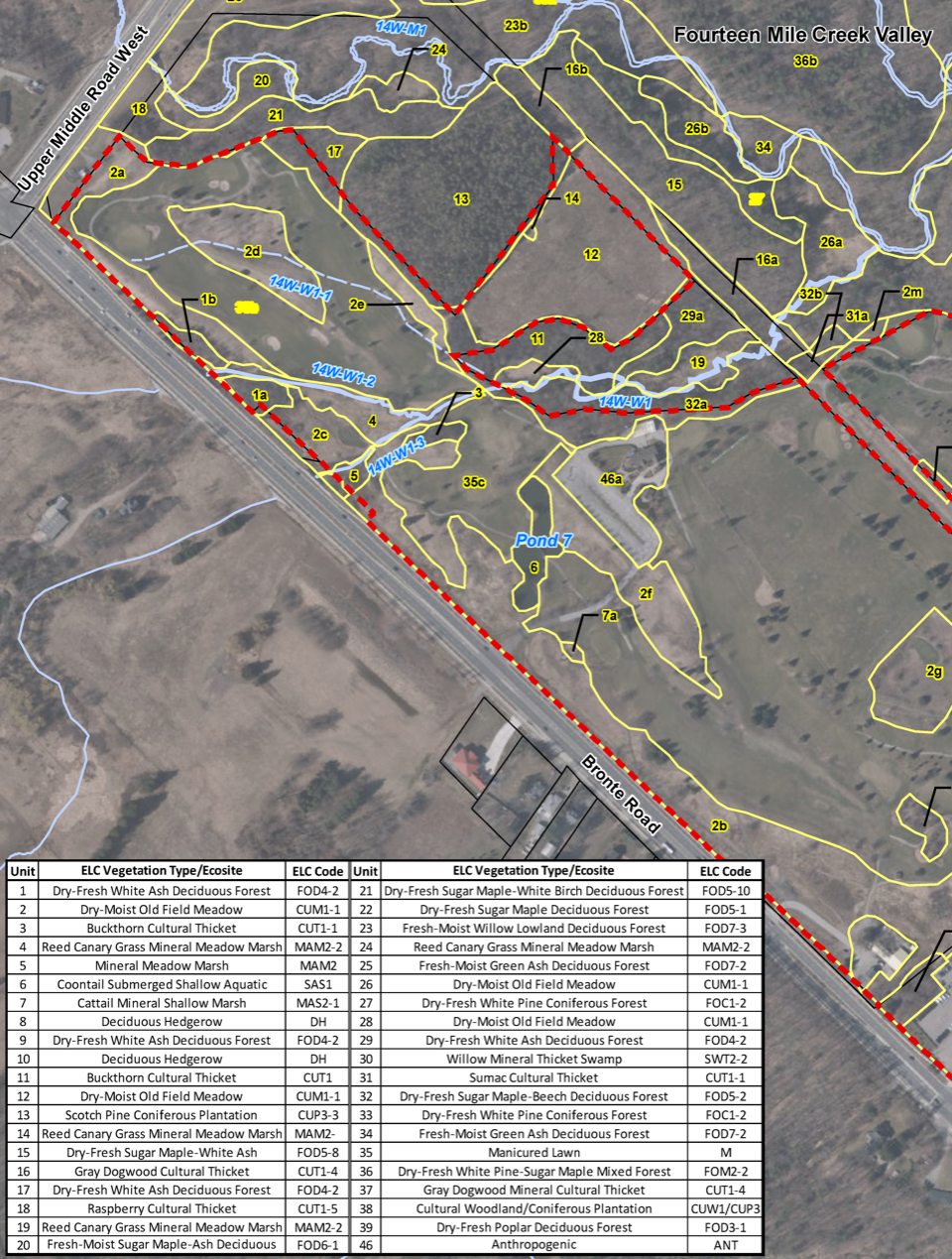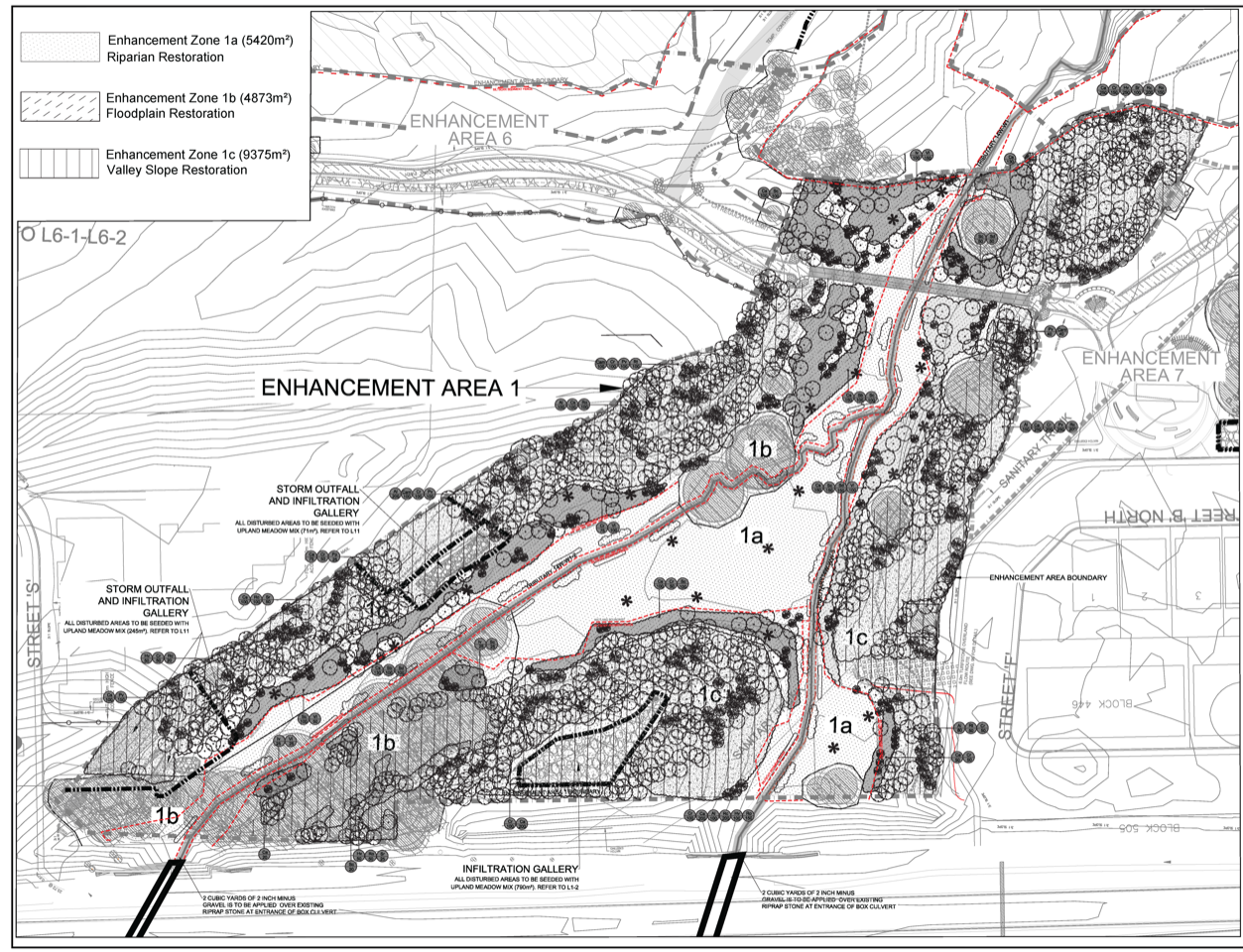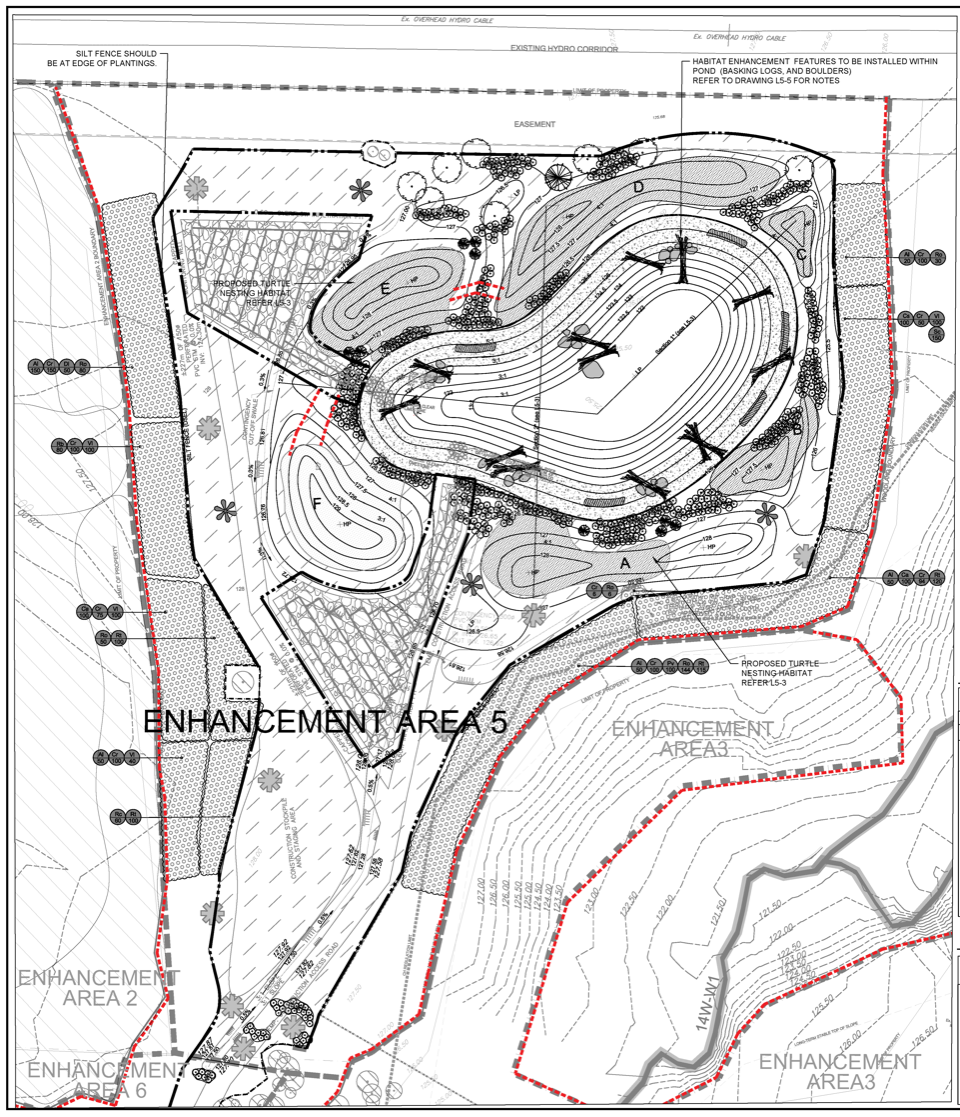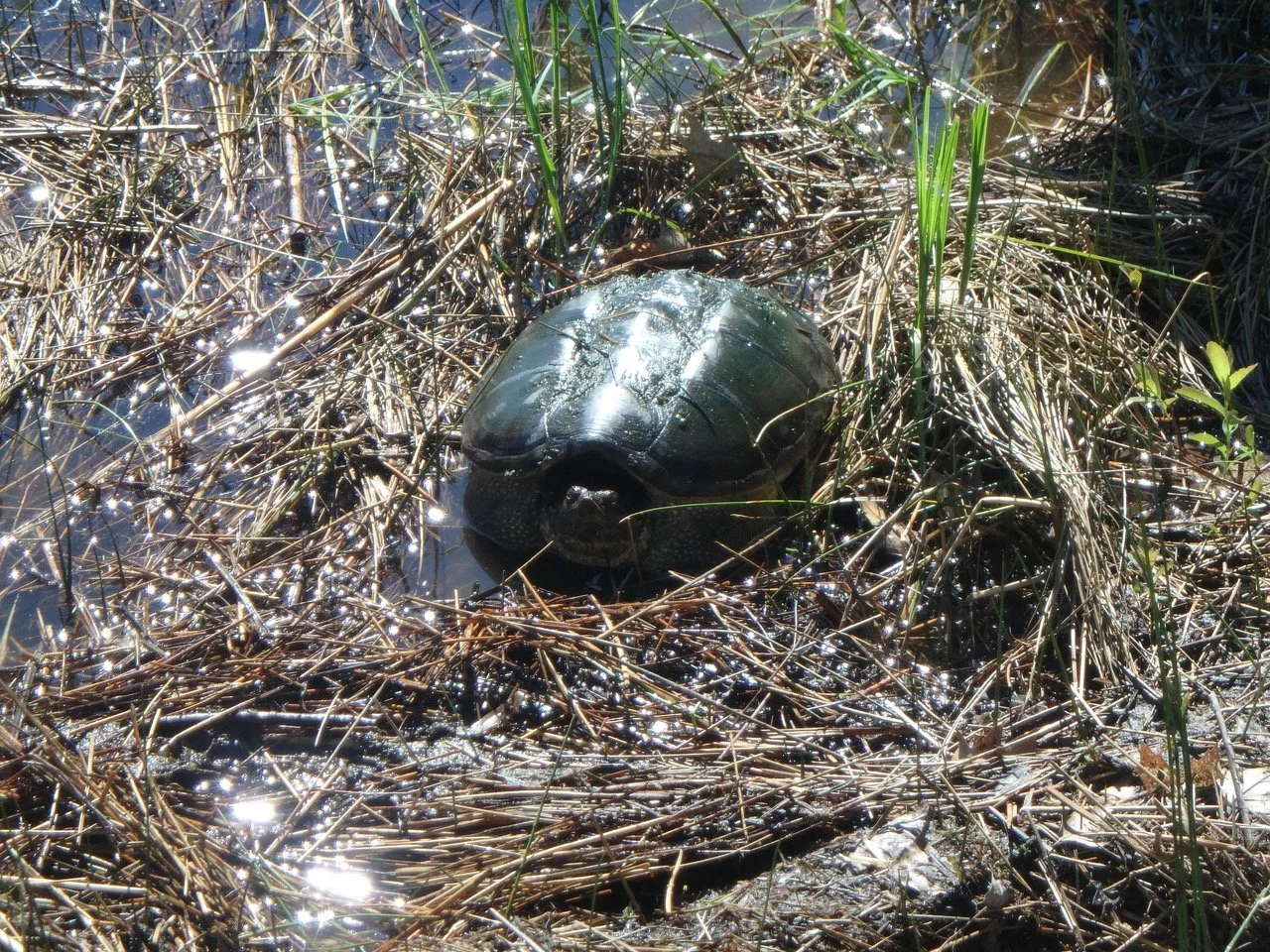Designing for Biodiversity at Scale: How Ecologists and Landscape Architects Collaborate On Suburban Natural Heritage
Advertisement
Introduction
Development at the subdivision scale occurs within boundaries of watersheds, wildlife corridors, and natural heritage systems - their respective limits often not aligning. This can lead to plant and animal habitat fragmentation, sub-watershed hydrology changes and biodiversity loss. Biodiversity loss and ecosystem degradation undermine the natural systems humanity relies on to provide a range of critical ecosystem functions, including nature-based approaches to sequestering carbon and adapting to climate impacts. Combining ecological land classification (ELC), wildlife survey, and landscape design, the design goals are to reproduce the conditions for plant and animal habitat that increases biodiversity and balances the needs between the natural and cultural systems in urbanizing areas. An area from an ongoing project within the Fourteen Mile Creek watershed is reviewed to illustrate the collaboration between ecologists and landscape architects to produce ecologically-informed landscape plans that when implemented and monitored and maintained, can increase the biodiversity of the site, among other benefits. The priorities are to retain ecology, restore habitats, replace habitats, and to recover species at risk.
Project Description
Beacon’s landscape architecture group led the design of Landscape Restoration and Enhancement Plans for extensive feature buffers and wildlife areas adjacent to the Fourteen Mile Creek corridor in Oakville, Ontario, including creation of a new wildlife pond as part of a golf course conversion to new subdivision development along Bronte Road. Landscape assessment and design works included riparian / floodplain, wetland and upland habitats (meadows and woodlands). Beacon is now working as part of a multi-disciplinary team to oversee implementation and comprehensive environmental monitoring.
FIGURE 1 - ELC mapping for the Study Area. Photo: Beacon Environmental
Analysis and Design
The landscape restoration design for Fourteen Mile Creek valley was informed by the Environmental Impact Statement (EIS) prepared by the ecologists. This EIS compared the proposed subdivision development against comprehensive policy review; field work and data collection; species-at-risk (SAR) mapping and observation/listening – in the case of bats and birds; Ecological Land Classification (ELC) mapping of the site; greatest development constraint lines; and, recommended mitigation efforts and post-construction monitoring to record and manage the goals of the project.
ELC describes ecosystems using geology, climate, vegetation, terrain and soil. It supports identifying natural systems and features in Ontario, including Significant Wildlife Habitat, Significant Woodlands, and Areas of Natural and Scientific Interest ELC provides tools and techniques for consistent description, identification, classification and mapping of community types. The ELC is now becoming a standard method across Ontario to meet the needs of ecosystem management and land use planning. This classification of the landscape enables planners, landscape architects, and ecologists to organize ecological information into logical integrated units to enable landscape planning and monitoring. The ELC mapping for the project area is illustrated on Figure 1.
Advertisement
FIGURE 2 - Biodiversity design strategy. Photo: Beacon Environmental
The study area is a mix of forested valley lands and recreational open space; it supports a complex mosaic of inter-connected habitats including floodplain and valley slope forests, riparian wetlands and successional habitats. Forest communities mapped included Sugar maple / White birch / White Ash; wetland communities included Cattail marsh / Reed Canary marsh / Willow thicket. Habitat for endangered and/or threatened species was observed for the following: Redside Dace, Eastern flowering dogwood, Eastern meadowlark, Barn swallow, and Bobolink. Snapping turtles also make their home here and have Provincial Special Concern status. Based on the development limits and the recorded ecological data, rationale for enhancement areas were determined by identifying areas where most biodiversity loss would be expected, and by prioritizing restoration design for areas with the greatest opportunity for enhancing native flora and fauna biodiversity (Figure 2).
In collaboration with the lead ecologist, the landscape architect laid out areas for invasive species management, various densities and modules for restoration planting to mimic succession, and habitat features based on observed fauna. Figures 3 and 4 show the plans for these areas, noting that different restoration areas require differing density ratios, an intentional layering of forest layers (sort of like a permaculture plant guild) and a mix of plant sizes to approach a managed succession towards the adjacent ELC communities.
FIGURE 3, 4 - Landscape Management and Restoration Plans. Photo: Beacon Environmental
Monitoring
Post-installation and for several years, the establishment of the area has been monitored and observed by ecologists and landscape architects to track biodiversity and watershed health. Invasive flora species removals are continued to ensure best survival of new vegetation communities; increasing population of fauna are observed and recorded. Figure 5 shows new recorded fauna previously unobserved.
FIGURE 5 - 2022 Monitoring (Beacon Environmental)
Conclusion
Snapping turtle habitat is increasing in the watershed. Photo: Beacon Environmental
It is important to know the ecology and biodiversity we are trying to preserve, replicate and enhance. Well-intentioned planting plans using native species are well-intentioned and helpful, however often not more than novel ecosystems. Informed by ecological data, landscape architects designing for biodiversity can target and directly enhance the ecosystem structure they endeavour to replicate.
Advertisement
Todd Smith, B.Sc., MLA OALA CSLA ISA, Landscape Architect, Arborist is with Beacon Environmental. He can be reached at: tsmith@beaconenviro.com
For more information on Beacon Environmental, please visit their website.










